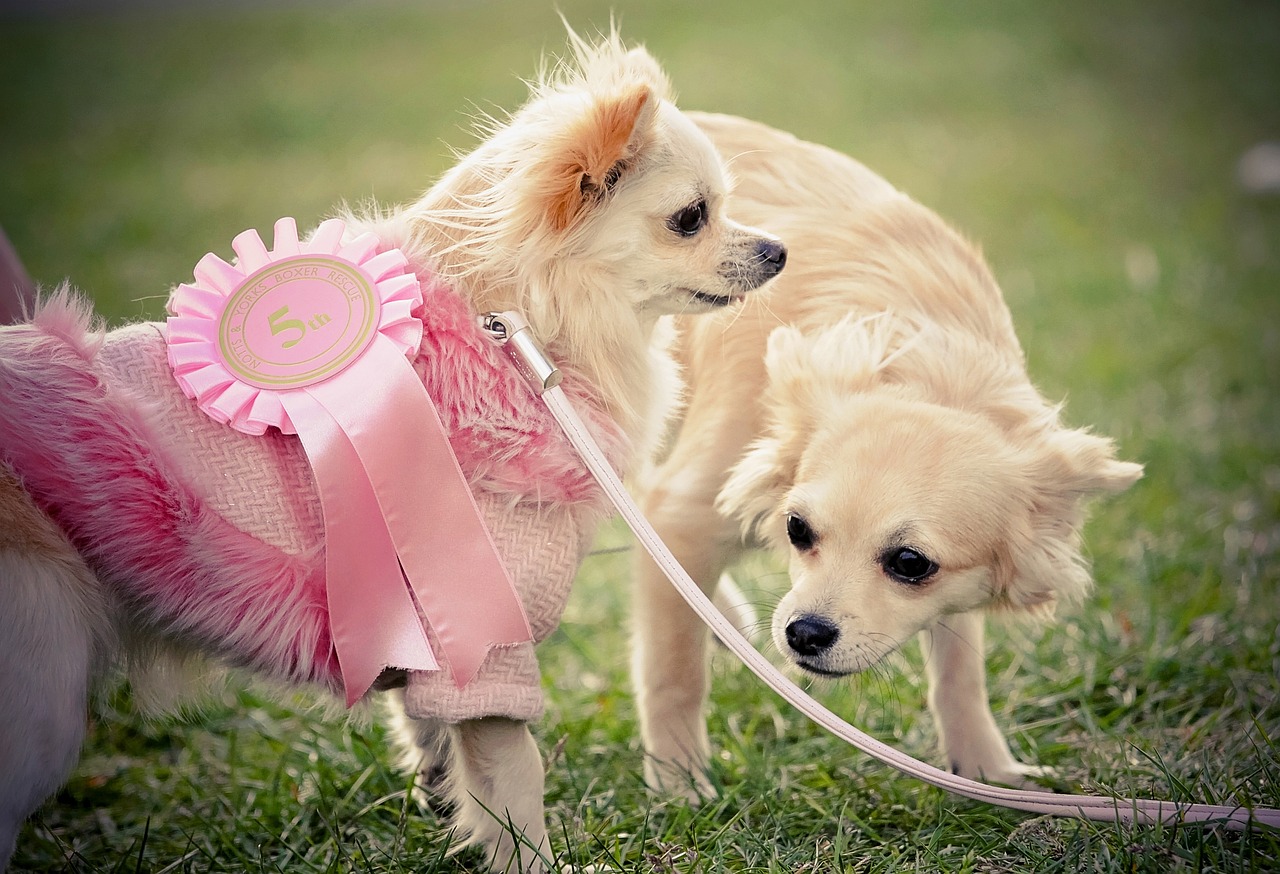So, you’re all set on getting a dog and stuck at one of the most important parts – deciding whether to go for a female or a male pup!
Well, guess what? This decision can vary from person to person. Some people have their own preferences and might even think one gender is superior to the other. It’s all about what feels right for you!
It’s funny how the whole “battle of the sexes” isn’t just a human thing. Many think male dogs are extra affectionate and easier to train, while female dogs can be more protective and assertive with their owners and puppies. But here’s the scoop: when it comes to our furry friends, there’s no one gender that’s better than the other. Those traits people talk about are just what some dog owners have noticed in their own experiences.
There’s no prominent study or stats that prove dogs will behave a certain way just because they’re male or female. Still, we may witness behavioral differences between both genders regardless of what breed it is. Let’s dive in to find out more about it.
Table of Contents
Key Points of a Male Dog:
- Tend to be larger and heavier than females
- Independent and/or dominant
- More focused
- Shows problematic behavior if not neutered
- Physical characteristics different than females
Key Points of a Female Dog
- Smaller in size
- Gets mature earlier than male dogs
- Easier to train because of her maturity
- Their heat cycle may be messy for you
What are the Differences Between Male and Female Dogs?
Generally, the temperament and behavior of a dog are shaped by its upbringing and training during its puppyhood. Variations in affection and aggression among dogs can often be attributed to the environment in which they were nurtured. Consequently, the choice between a male or female puppy should be exclusively guided by the personal preferences of the future owner.
Indeed, a dog’s behavior can be influenced by its training, and the gender of a dog can play a role in its capacity to absorb that training. Notably, female dogs are generally smaller in size and tend to mature more swiftly than their male counterparts. This early maturation provides them with an advantage in the training process.
It’s important to understand that this advantage doesn’t signify greater intelligence in female dogs compared to males; rather, it means that, at the same age, a female dog’s maturity can make her easier to train than a male dog due to her advanced developmental stage.
More about Heat Cycle:
You may also know that female dogs go through the estrus cycle, or the “heat cycle,” twice a year while smaller breeds may come into heat thrice a year. This phase typically spans about two to three weeks. What’s really intriguing is that during this time, female dogs produce a bloody vaginal secretion that actually attracts male dogs. Nature has some truly curious ways of ensuring the continuation of the species!
If you want your female dog not to mate and get pregnant during her heat cycle, it’s essential to keep her indoors or isolated from any male dogs. Additionally, it’s a good idea to restrict her to an area with non-carpeted floors to prevent any staining from her bloody discharge.
Desexing a Dog:
If your intention is not to breed your female dog at all during her lifetime, it’s worth considering spaying her. Keep in mind that spayed dogs aren’t eligible for participation in dog shows. Therefore, if you don’t have any ambitions of entering your dog into competitions, it’s highly recommended to consider spaying her at a young age. According to many experts, the optimal time for spaying a female dog is typically around six to nine months old.
Spaying has also been demonstrated to significantly reduce the likelihood of ovarian or uterine diseases in female dogs. Furthermore, spaying can also have positive effects on a female dog’s behavior. Many have observed that spayed female dogs tend to exhibit improved temperaments, often showing less aggression and becoming more even-tempered. Naturally, spaying also serves as a vital measure to prevent unplanned or undesired pregnancies, underscoring the importance of addressing this procedure at the earliest opportunity if you have no intentions of breeding your dog.
In contrast, a non-neutered male dog often exhibits a more dominant and spirited nature. He is more likely to assert dominance, especially over smaller dogs and other small pets, and at times, may even attempt to establish dominance over his owner. It’s worth noting that a novice owner can find it challenging to manage a larger male dog. Additionally, male dogs tend to display a greater degree of independence compared to their female counterparts. Therefore, it becomes particularly crucial to commence obedience training as soon as the dog is ready to ensure a harmonious companionship.
As with female dogs, if you do not intend to breed your male dog, it is best to neuter it while it is young to improve its overall behavior and make training easier. A neutered dog is generally less aggressive, calmer, and less likely to roam.
Conclusion:
It’s totally up to you which gender should you get but remember, every single dog is different than the other. Even a dog may be totally different than its sibling from the same litter. So, your first preference should be focusing on the breed instead of the gender. The overall features of a specific breed should be taken into consideration such as temperament, health-related issues, energy level, and grooming needs.
In our opinion, when choosing between a male and a female dog, the only point you should consider is the heat cycle of the female dog. If you can handle this twice or thrice a year, you can go for a female puppy otherwise get a male puppy.
Recommended read – Are There Any CPAP Machines For Dogs?










